In-between the ages,
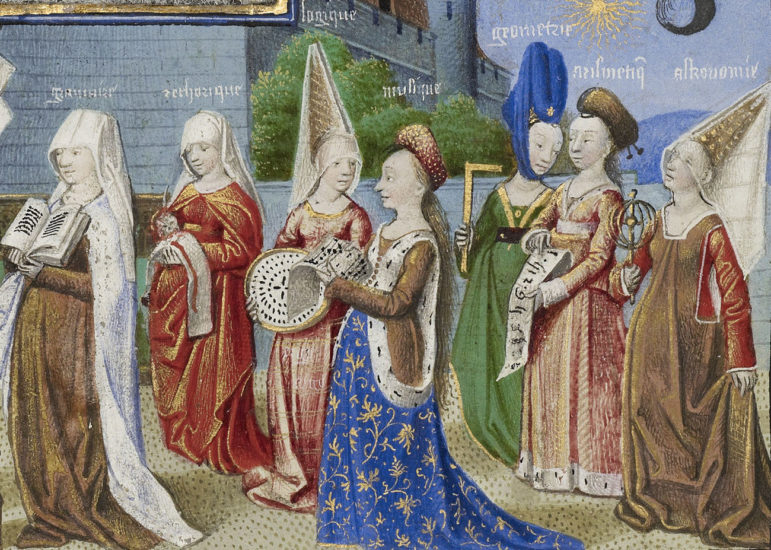
The phrase “Middle Ages” tells us more about the Renaissance that followed it than it does about the era itself. Starting around the 14th century, European thinkers, writers, and artists began to look back and celebrate the art and culture of ancient Greece and Rome. Accordingly, they dismissed the period after the fall of Rome as a “Middle” or even “Dark” age in which no scientific accomplishments had been made, no great art produced, no great leaders born.
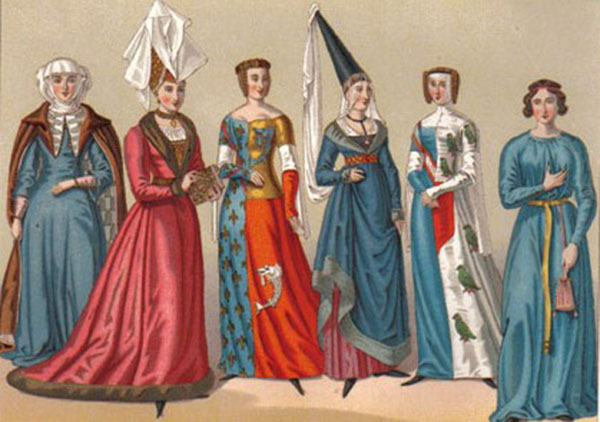
Medieval fashion during the the Middle Ages was dominated and highly influenced by the Kings and Queens of the era. Only the wealthy could dress in fashionable clothes. Sumptuary Laws restricted ordinary people in their expenditure including money spent on clothes, which impacted Medieval fashion. Under the Sumptuary Laws passed by King Edward III only royalty were allowed to wear cloth of gold and purple silk. Expensive veils were banned for lower-class women. Only the wives or daughters of nobles were allowed to wear velvet, satin sable or ermine. Medieval Fashion changed with each king and queen. Different events which occurred during the Medieval times of the Middle Ages also affected fashion.
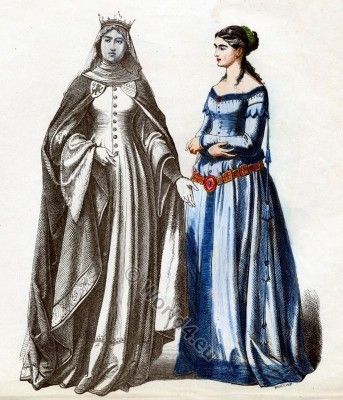
Middle Ages clothing and fashion, including the Medieval Dresses, like everything else, was dictated by the Pyramid of Power which was the Middle Ages Feudal System. Medieval clothes provided information about the status of the person wearing them.
The clothing and fashion during the Medieval times of the Middle Ages were dominated and highly influenced by the Kings and Queens of the era. Only the wealthy could dress in fashionable clothes. Sumptuary Laws restricted people in their expenditure including money spent on clothes. The head-dress worn by people during the Medieval times of the Middle Ages immediately conveyed the rank of the person.

Medieval clothing and fashion, including the Peasant Dresses, like everything else, was dictated by the Pyramid of Power which was the Medieval Feudal System. Medieval clothes provided information about the status of the person wearing them. The clothing and fashion during the Medieval times of the Middle Ages were dominated and highly influenced by the Kings and Queens of the era. Only the wealthy could dress in fashionable clothes. Medieval Sumptuary Laws restricted people in their expenditure including money spent on clothes. The head-dress worn by people during the Medieval times of the Middle Ages immediately conveyed the rank of the person.
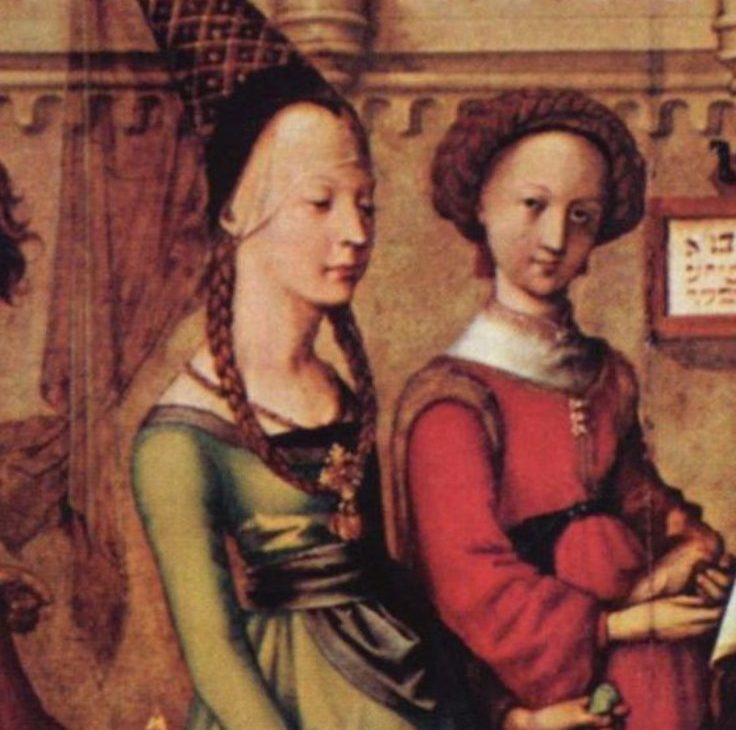
Thank you, see you soon..
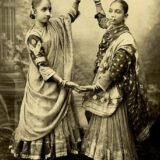

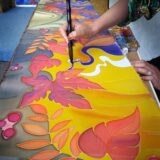


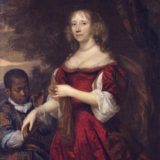

Comments are closed.